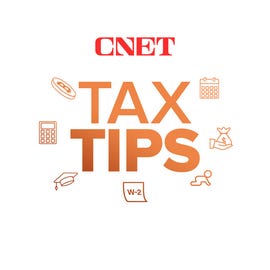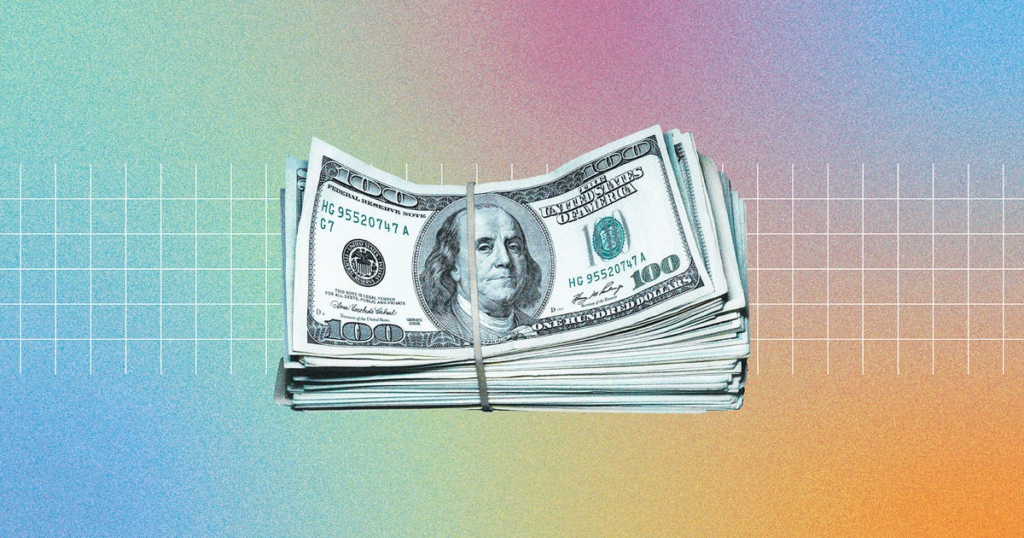This story is part of Taxes 2023, CNET’s coverage of the best tax software, tax tips and everything else you need to file your return and track your refund.
Taking the standard deduction on your taxes is quick and easy. It may also lead to a smaller refund.
Deductions are adjustments you declare on your annual tax return to lower your taxable income. Lower taxable income results in a lower tax bill. There are many opportunities for deductions, but if you elect to take them, you must itemize them clearly before submitting your tax paperwork to the IRS.

Robert Rodriguez/CNET
Itemized deductions can quickly become confusing, so in 1944 the IRS introduced the standard deduction, which lets you forgo deduction documentation and agree to take a flat adjustment to your adjustable gross income, or AGI, instead. The standard deduction is $12,950 for single filers, $19,400 for heads of household and $25,900 for joint filers for the 2022 tax year.
The standard deduction is the better deal for most taxpayers and will result in a lower tax bill. However, if you had a certain life event or unexpected expense occur in 2022, such as a large medical bill or purchasing a home, itemizing your deductions instead could save you more money.
Here’s what to know about the difference between standard and itemized deductions.
What is a standard deduction?
The standard deduction is a flat adjustment to your adjusted gross income, and is what most Americans take when filing their taxes. In the 2019 tax year, 87.3% of Americans took the standard deduction, according to data from the IRS.
Many people take the standard deduction because it’s so high, said Krystal Pino, a certified public accountant who owns Nomad Tax, a tax consultancy for digital nomads. “It’s really hard to reach that threshold otherwise, unless you have significant charitable deductions,” Pino said.
The standard deduction is applied to your AGI to arrive at your taxable income, which is the number used to calculate your tax bracket and how much you owe each year.
What is an itemized deduction?
If you’ve incurred more than $12,950 in eligible deductions as an individual, itemizing your deductions instead will result in a lower taxable income. According to the IRS’ website, you should consider itemizing your deductions if you:
- Can’t use the standard deduction, or the amount you can claim is limited.
- Had large unreimbursed medical and/or dental expenses.
- Paid mortgage interest or real property taxes on your home.
- Had large “other itemized deductions,” as defined by the IRS.
- Had large unreimbursed casualty or theft losses from a federally declared disaster.
- Made large contributions to qualified charities.
You then document these itemized deductions using a Schedule A form, and include them with Form 1040 to complete your tax return.
Know that the thresholds for these deductions are sometimes substantial. In the category of medical expenses, you can only deduct out-of-pocket expenses on your federal tax return after they exceed 7.5% of your adjusted gross income in a given year.
Read more: Best Self Employment Tax Software for 2023
What if I have self-employment income?
Good news: If you had self-employment income in 2022, you can deduct expenses related to that income while also still taking the standard deduction. Profit and loss from a business are documented on Schedule C, which then gets attached to your federal tax return.
If you received 1099s from side hustles, freelancing or other independent contractor work, this income and any expenses associated with it will go on a Schedule C, even if you don’t have a registered business. When individuals are engaging in business activity or gig work, the IRS classifies them as sole proprietors for tax classification purposes. The most common type of 1099 documenting this work is Form 1099-NEC, which documents nonemployee compensation.
This applies if you’re a contractor, gig worker or driving for a service like Lyft or DoorDash, said Christina Taylor, Cash App Tax expert and head of eFile operations for Cash App. Self-employment expenses, such as work equipment or a home office deduction, are deducted within your Schedule C, which is separate from the Schedule A used to itemize personal deductions.
Read more: Cash App Taxes Review 2023: Best Free Online Tax Software
“Self-employed individuals are the only group that gets that big home office deduction everyone talks about,” Taylor said. “If you’re using the internet at home for your business to do the job, you can deduct that too.”
You still have to pay self-employment tax, but you have the option to write off expenses.
Get a running start on your taxes today
As you get yourself organized for tax season, know that the itemized deduction isn’t for everyone. If you had unexpected medical expenses or other major financial changes in 2022, it’s worth looking into to ensure you get the best possible refund.

